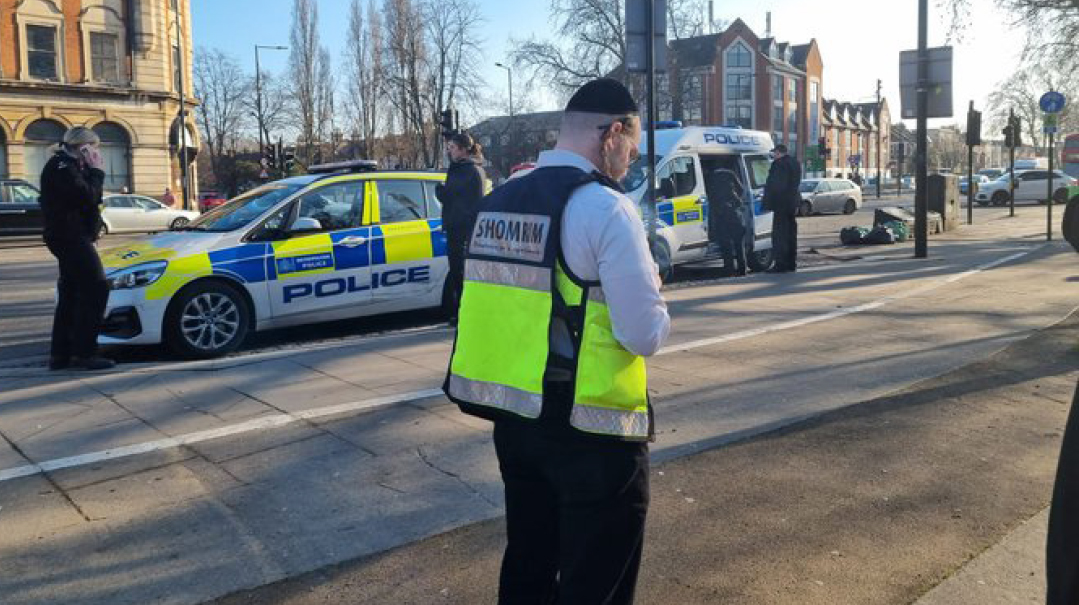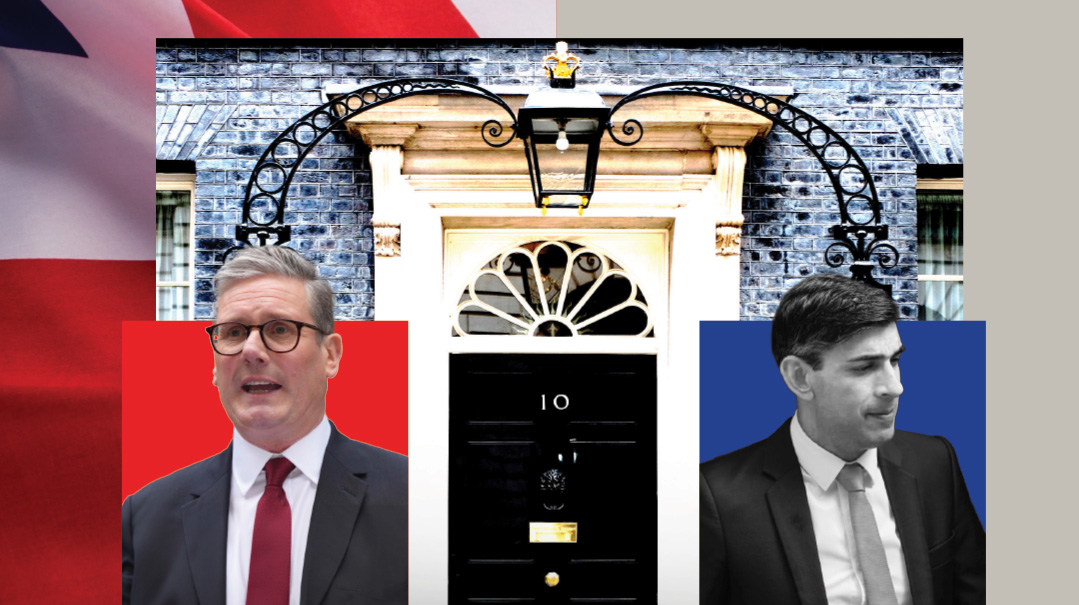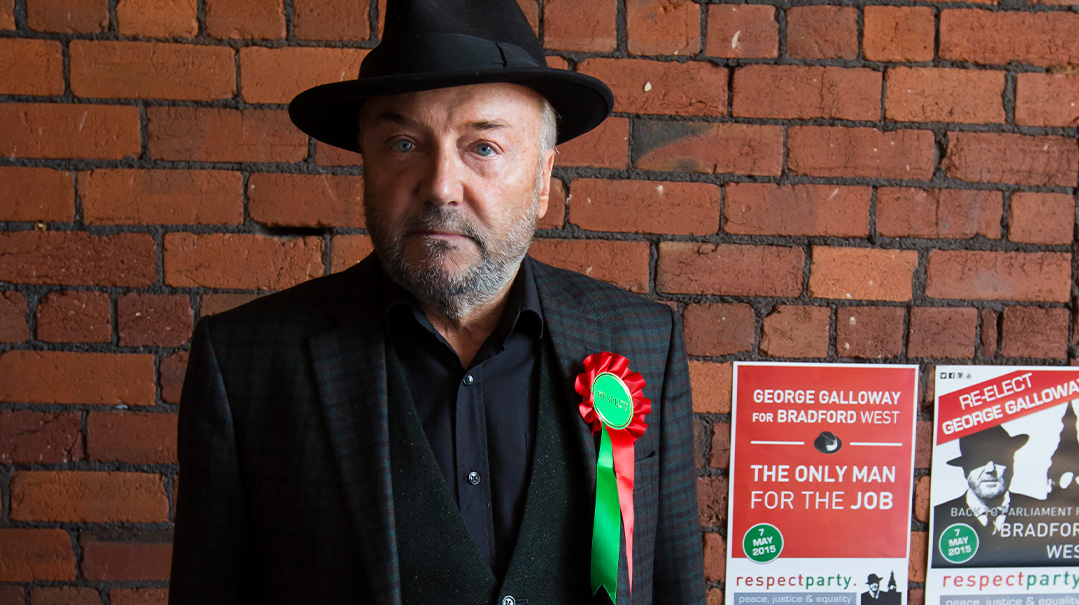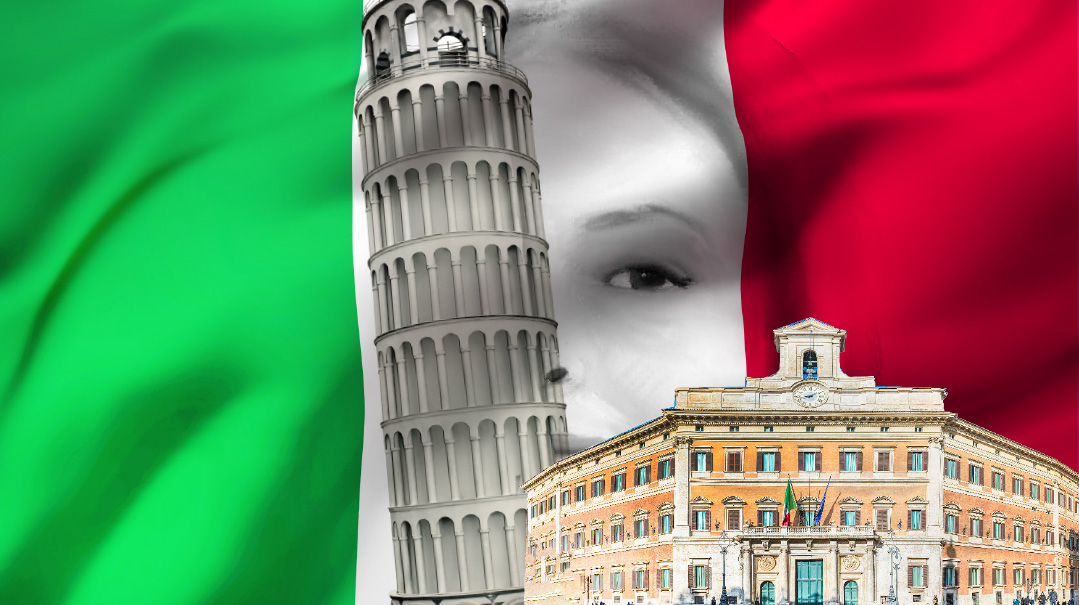Living Dangerously in London
| December 12, 2023North London's Jewish community is shaken by a violent attack

Photo: Shomrim
North London’s Jewish community was shaken last Thursday when an Orthodox woman was beaten unconscious on a Stamford Hill street by two local teenage girls on their way home from school, who then jeered and joked over their victim as she lay unconscious on the sidewalk.
A local Shomrim representative told Mishpacha that although Middle Eastern crises invariably result in a rise in hate incidents, the spike since October 7 has been unprecedented.
“We average around 150 reported hate crimes per year, about three per week,” he said. “Since the attacks, we’ve had 96 crimes reported in less than two months.”
The true figure is thought to be at least 50% higher given the tendency of chareidi communities to underreport incidents. This past Shabbos, a Holocaust survivor in his eighties, visiting from the States, had “Heil Hitler” shouted at him from a car window, and a bochur was assaulted in broad daylight.
But what makes last week’s incident a watershed event for Stamford Hill residents is that whereas until now they have primarily been subjected to verbal assaults — with shouts of “Free Palestine,” references to Hitler, and other anti-Jewish epithets — the attacks have now turned physical.
In just one week, Shomrim recorded three incidents in which children as young as nine years old were kicked and punched, a yungerman was pushed into traffic, and another was rammed by a cyclist. This latest incident made Shomrim see red, so they posted a clip of the attack on social media. By the end of Shabbos, it had two million views and had been picked up by dozens of news outlets.
Since the October 7 attacks, London has often been in the news, but not for the right reasons: weekly pro-Palestinian marches in Central London featuring overt Jew-hatred, the Metropolitan Police dithering on dealing with calls for violence, and a dramatic uptick in anti-Semitic incidents across the country.
It’s perhaps the brazenness of the latest incident that is most jarring; the perpetrators are only 13 and 14 years of age. They were picked up on CCTV eyeballing passersby, looking for a target, eventually following the 20-year-old, obviously Jewish-looking woman to a nearby street, where they asked her for cash. When she refused, they punched her; when she threatened to call the police, they stepped up their attack, grabbing her coat and hurling her to the ground, continuing to rain down blows.
At one point during the attack, the helpless victim blacked out. Witnesses reported that as the high school teens stood over her prone figure, they said, “Oh — she must be dead,” continuing to jeer and laugh before making off.
“People are very worried,” said a representative of Shomrim, “and we’ve stepped up our patrols.”
Fertile Ground for Hate
While the recent spate of violent attacks in Stamford Hill is highly concerning, it doesn’t necessarily align with the picture nationally, says Dave Rich of the Community Security Trust (CST), who liaises with the government on security matters relating to the Jewish community nationally. The CST are also the conduit through which, since 2014, government funding is made available to shuls and mosdos for security measures such as CCTV and guards.
“Anti-Semitic incidents have skyrocketed,” he said. “We’ve recorded more anti-Semitic incidents since October 7 than in all of last year. But in terms of incidents involving any level of violence, that’s actually dropped in numbers, which is unusual, especially considering that in other countries, Jewish buildings have been firebombed. In the main, the incidents remain verbal with people expressing hatred of Jews and Israel and anger at events in Gaza.”
But whether violent or not, the dramatic increase in anti-Semitic incidents is giving the community the jitters. Negative media coverage from Gaza combined with the weekly marches through Central London have created an environment that allows anti-Semites to feel comfortable expressing their views, and serves as fertile breeding ground for anyone looking to jump on the bandwagon.
“The wider atmosphere right now emboldens anti-Semites and winds them up, making them think that people agree with them, says Rich. “That gives them the confidence to go out and express their inciteful views.”
This perhaps explains why over a mere eight weeks, the CST has seen the highest number ever of anti-Semitic incidents in a 61-day period.
As in all Western democracies, the next stop is always the police. Earlier on in the conflict, people leveled robust accusations at “the Met” — London’s Metropolitan Police force — for not doing enough to stem the tide of hate coming out of the London marches, and for dealing too softly with protestors. The rhetoric and the placards were at best inciting hatred; at worst, calling for outright genocide. Disappointingly, the police were coy about arresting offenders on the spot, preferring to issue appeals for witnesses that often came to nothing, damaging confidence in the police.
Dave Rich says the police have been on a learning curve that is the product of constant dialogue between community organizations and law enforcement. Apart from deploying lots of extra physical protection for communities, they have adopted ways of working to ensure that arrests can be made more easily.
“People are getting arrested and charged for carrying placards that before this conflict they would not have been arrested for,” he says.
If there’s one message that Shomrim have for the Stamford Hill community, it’s about reporting all and any hate crime, however minor. “We continue to encourage the community to report. The police work off data and stats to plan their response, so the more incidents they see, the more they can respond accordingly.”
(Originally featured in Mishpacha, Issue 990)
Oops! We could not locate your form.







